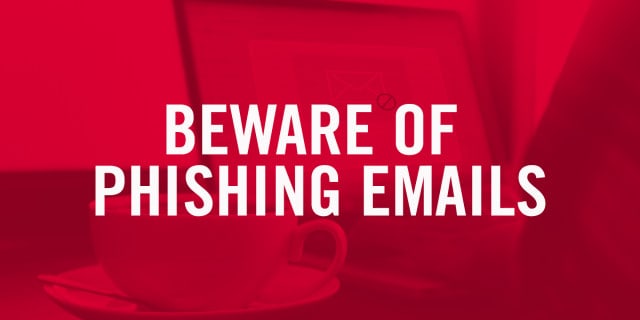
Feeling intimidated by online security? You don’t have to! Since October is Cybersecurity Awareness Month, let’s turn that fear into action. With a few simple steps, your online safety will be more manageable. These easy tips will help you feel safer online:
1.Vary Your Passwords
Many people are guilty of using one password for every login they have. However, it is strongly recommended you don’t use the same password for every account, email, and app. Varying passwords limits the potential for someone to access all your accounts if they have gained access to one. There are reputable password managers available that will randomly generate secure passwords. You are only required to remember one password to access the password manager.
2. Set Up Multi-Factor Authentication
This simple additional step can make a huge difference when protecting yourself online. Multi-factor authentication can require a text or email to be sent to registered contact information that acts as a second layer of defense.
3. Keep Your Software Updated
Software updates aren’t just about new features; they frequently contain security patches that fix vulnerabilities hackers actively exploit. If your phone or computer are notifying you of an update, especially one with security patches, it’s best to update as soon as they are available.
4. Limit Information Shared on Social Media
As tempting as sharing personal information with your social network might be, hackers can use the information to gain access to your personal data. Security question answers can often be determined by scrolling through someone’s social media feed, like the name of your pet, your favorite sports team, where you like to travel, or names and/or birthdays of your children. Making your social profiles private instead of public can also help protect the information you share on social media.
5. Be Suspicious
When it comes to your personal data, you can never be too cautious. It is best to always be suspicious of anyone or anything asking for information. If you think it seems suspicious, it probably is. This is especially true when it comes to phishing (emails pretending to come from a trusted source), or smishing (text messages that appear to be from someone you know).



 Can’t remember the balance on one of your gift cards? Make sure you don’t accidentally go to a fake gift card balance-checking site!
Can’t remember the balance on one of your gift cards? Make sure you don’t accidentally go to a fake gift card balance-checking site!


